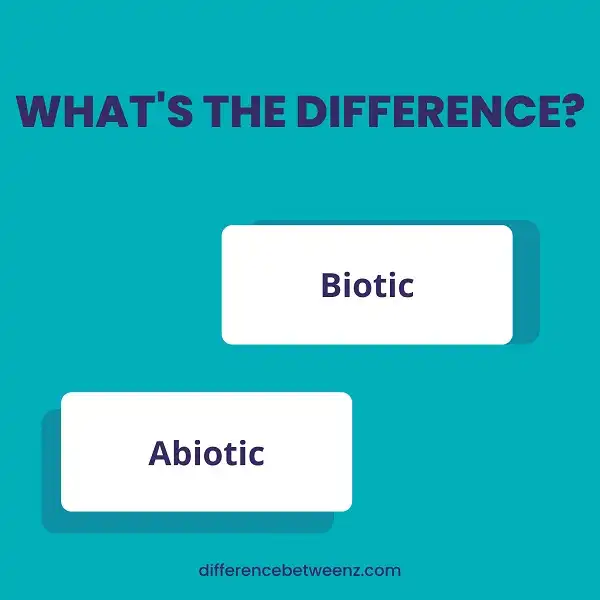Biotic vs. Abiotic
What is the Difference between Biotic and Abiotic? Our world is full of various things, some of them are common to us and others cause us to wonder at its rarity; also, there are living beings, elements, or objects that lack life.
Speaking of things that have or do not have life, then we explain to you what is difference between abiotic and biotic; so that you know what each concept refers to.
Biotic and Abiotic Comparison
Biotic
Biotic factors are all beings that are or were alive in the ecosystem. They develop in the biosphere and are capable of reproducing.
Some examples of biotic factors are animals, plants, fungi, and other similar organisms.
It does not matter if they have autotrophic or heterotrophic feeding; if the organism has life then it belongs to the biotic factors.
Biotic factors are characterized by interfering directly or indirectly in the life of other living organisms, as well as in the environment.
They affect individuals, populations, communities, and the biosphere.
Difference Between Biotic And Abiotic
Abiotic
They are chemical or physical factors that affect the ecosystem, but unlike biotic, they have no life.
Examples of abiotic elements are
- water
- light
- moisture
- minerals
- gases
Something very interesting about this is that the abiotic factors can affect the abilities that alive beings have to survive.
In the same way, they affect the environment, the communities.
Anyhow, the Key difference between abiotic factors and biotic factors is Biotic factors are all beings that have lived or are alive.
| Biotic | Abiotic |
| Living Things | Non-Living Things |
| Organic Matter | Climate |
| Oysters | Sunlight |
| Blue crab | Temperature |
| Zooplankton | Nutrient Enrichment |
| Phytoplankton | Humidity |
| Jellyfish | Soil |


